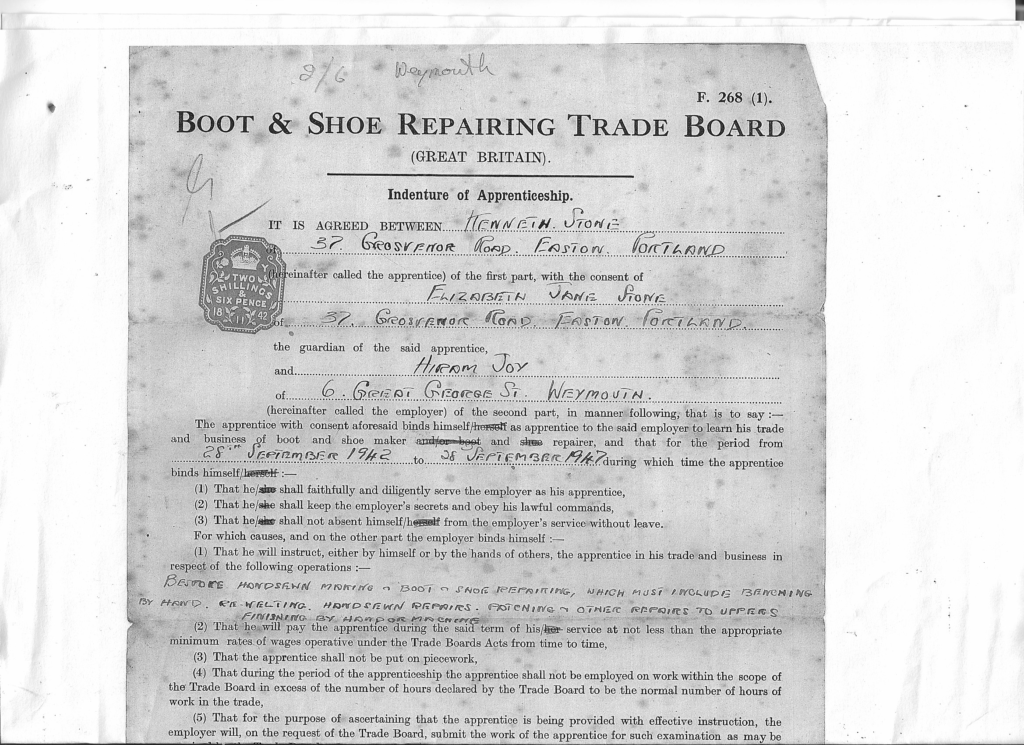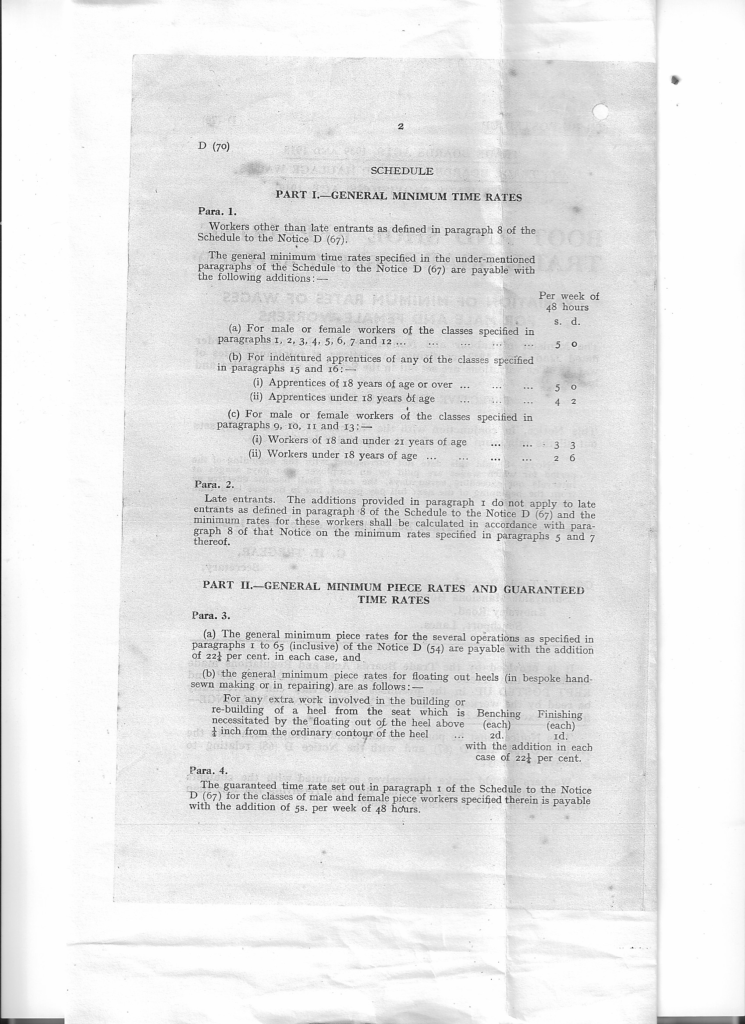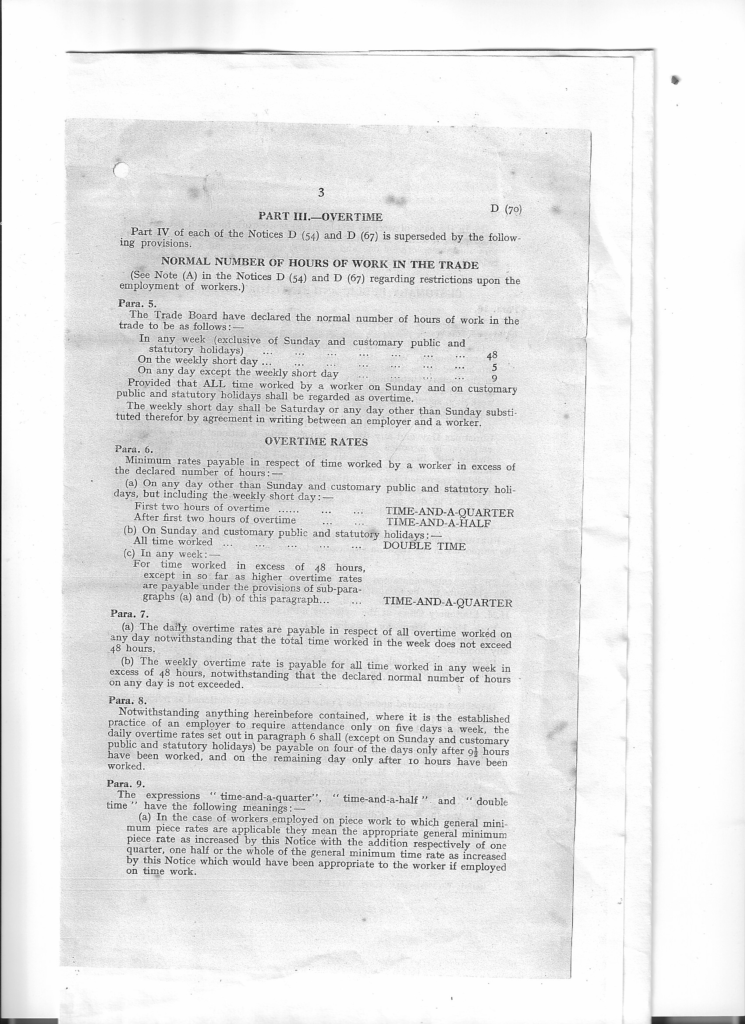 16-18
16-18

Computing and IT

Construction & Building Services

Creative & Visual Arts

Creative Media Production

Engineering & Automotive

Foundation Studies

Hair & Beauty

Health, Social Care & Early Years
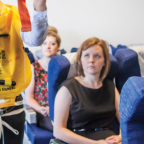
Travel, Tourism & Events
 Apprenticeships
Apprenticeships

Accountancy & Bookkeeping

Business & Administration

Carpentry & Joinery

Catering & Hospitality

Computing and IT

Construction & Building Services

Customer Service

Electrical

Engineering & Automotive

Hairdressing

Health, Social Care & Early Years

Plumbing

Teaching

Team Leading & Management
 University Level
University Level

Creative & Visual Arts

Creative Media Production

Engineering & Automotive

Health, Social Care & Early Years
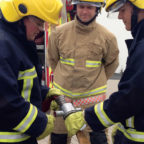
Sport & Public Services
 Adult Learning
Adult Learning

Access to Higher Education

Accountancy & Bookkeeping

Assessor Qualifications (TAQA)

Green Skills
Apprenticeships – an ancient training method that has stood the test of time
1156
Guilds
First mentioned in a historical text in 1156, guilds in the middle ages were associations of craftsmen focused on a specific trade, such as the tanners’ guild. Each guild had well defined positions of apprentice, journeyman, and master.
1563
Livery companies – the first national apprenticeship system of training – Statute of Artificers
These trade associations developed out of the guilds and included conditions which could be likened to today’s apprenticeship minimum standards. They included the Worshipful Company of Goldsmiths, given a royal charter in 1327. It was founded to regulate the goldsmith trade and supported apprenticeships. It still does so today.
1814
Statute abolished
Apprenticeships became less common during the Industrial Revolution, partly due to conditions of employment in the factories. However, they were still needed where a high level of skill was essential, such as engineering or ship-building.
1900-1980s
A popular choice
An estimated 340,000 young people took up apprenticeships each year in the early part of the century. In the 1960s, a third of all boys left school to take up apprenticeships. But numbers declined rapidly in the 1970s and 80s as manufacturing in the UK waned.
1993
Government action
Kenneth Clarke, then chancellor of the exchequer, announced the launch of a new apprenticeship scheme. This, he said, “would increase the number of young people obtaining the technical and craft skills the country has been lacking”.
1994-1995
Modern Apprenticeships
Clarke’s scheme was rolled out. Unlike previous apprenticeships, these were properly paid jobs, with training leading to nationally recognised qualifications (NVQs). The costs of training were divided between the government and the employer.
2004
Age limit lifted
The age limit of 25 was removed and, over the next few years, the number of apprentices starting reached 500,000. In 2012 new minimum standards were introduced to include training in maths and English for those who did not have a GCSE or equivalent in those subjects.
2017
Apprenticeship levy introduced
This set out that employers would pay 0.5% of their wage bill – over £3m a year into a designated account. The money would be used to train apprentices via approved providers in the hope there would be 3 million apprentices by 2020.
